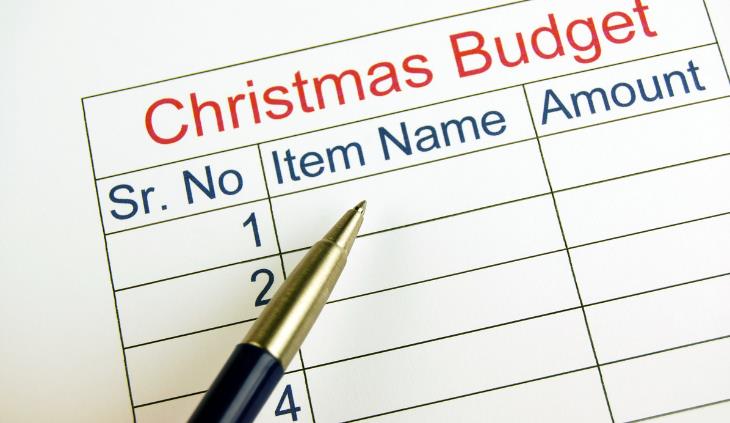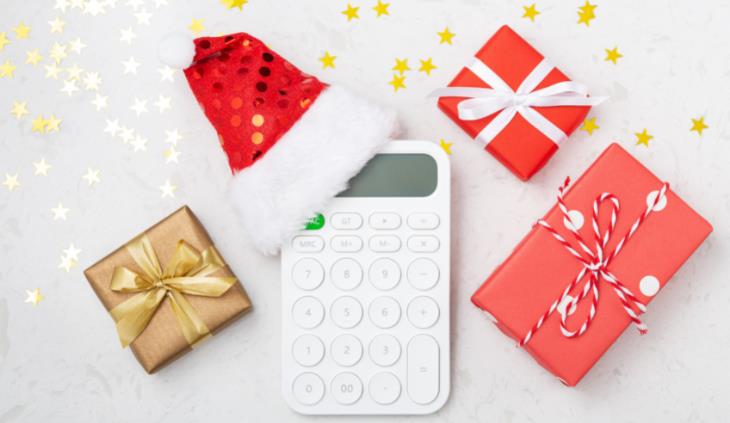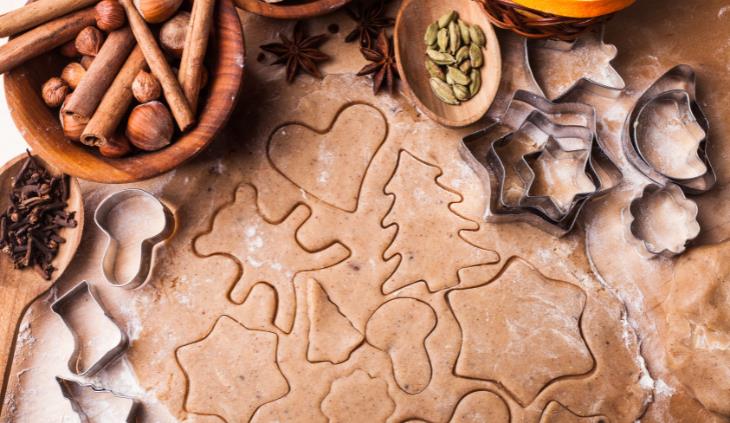
We're nearing the height of the holiday season, and that means more spending is around the corner. The cost of living isn't dropping in the near future, and some things are double the price of what they were last year. Some people even expect to go into debt after this Christmas holiday. Let us be the voice of sanity that says - money isn't a measure of holiday spirit!
You can be frugal and festive at the same time. We've composed a little Christmas-savings guide for you, with tips on how to save when cooking dinner and buying gifts.



* When it comes to sales - don't be tempted easily! It's only a good deal if you were planning to buy this item anyway. Avoid loans and "buy now, pay later" deals. These have high interests and, more often than not, have a negative impact on your credit score.
* Buying new appliances? Look at the energy label, which hints at how much energy this product consumes.
Consider size as well - the bigger the size, the higher the running costs.
* Avoid overloading energy with excessive Christmas lights. These are major energy consumers. For the indoors, non-electric lights or candles will do the job just as well.
*If you're buying from credit - you can't afford it. If you can't afford it, best avoid it!
* Use price comparison and cashback websites:
Camelcamelcamel.com will tell you the price of an Amazon item year-round.
BeFrugal.com is a well-known cashback option. You're welcome to explore other sites if you'd like.
You can also use deal-finding browser extensions. The most common one is Honey, but see what works for you. Just remember to turn off notifications when you're not planning on making purchases.
About 20% of a home's energy expenses come from the kitchen. There are many habits you can change to lower energy costs. In this section, we cover how to avoid a high utility bill.


* Microwave cooking: the microwave has a potent savings potential since it only targets the water molecules in the food and not an entire cooking chamber. Recipes with high-moisture foods, like stews and risotto, cook well in the microwave. Potatoes will cook in about 15 minutes in the microwave as opposed to an hour needed in the oven.
Avoid cooking meat and poultry in the microwave.
* Plan a baking schedule to prepare all your dishes in a row and avoid preheating the oven multiple times.
* Use residual heat. After you switch off the oven, the heat that remains is perfect for reheating leftovers, warming bread, or even toasting nuts.
* Don't preheat the oven when making slow-cooked recipes. Turn it on and insert the tray as you do.
* Lid boiling water to prevent heat from escaping, and use pans and pots the same size as the flame - they use up that energy most efficiently.
* Use passive cooking, a technique invented in the 19th century to save energy. Turn the heat off when you're about 80-90% into the cooking time. So, for example, turn the flame off on pasta after 7-8 minutes of cooking if it needs 10 minutes to cook. Cover the pot and let the residual heat do the work for the time that remains.
This works both for baking and stovetop cooking. However, don't use this method for baked pastries, cooked legumes, or meat. These require accuracy.
* Avoid overstuffing the freezer or leaving the fridge door open too long.
* Don't boil an entire kettle for a small cup of coffee. Instead, pre-measure the amount you need to shorten the process and save energy. You can also boil a full kettle and keep it warm in a thermos instead of brewing cup-by-cup throughout the day.
Source: GoodHouseKeepingUK